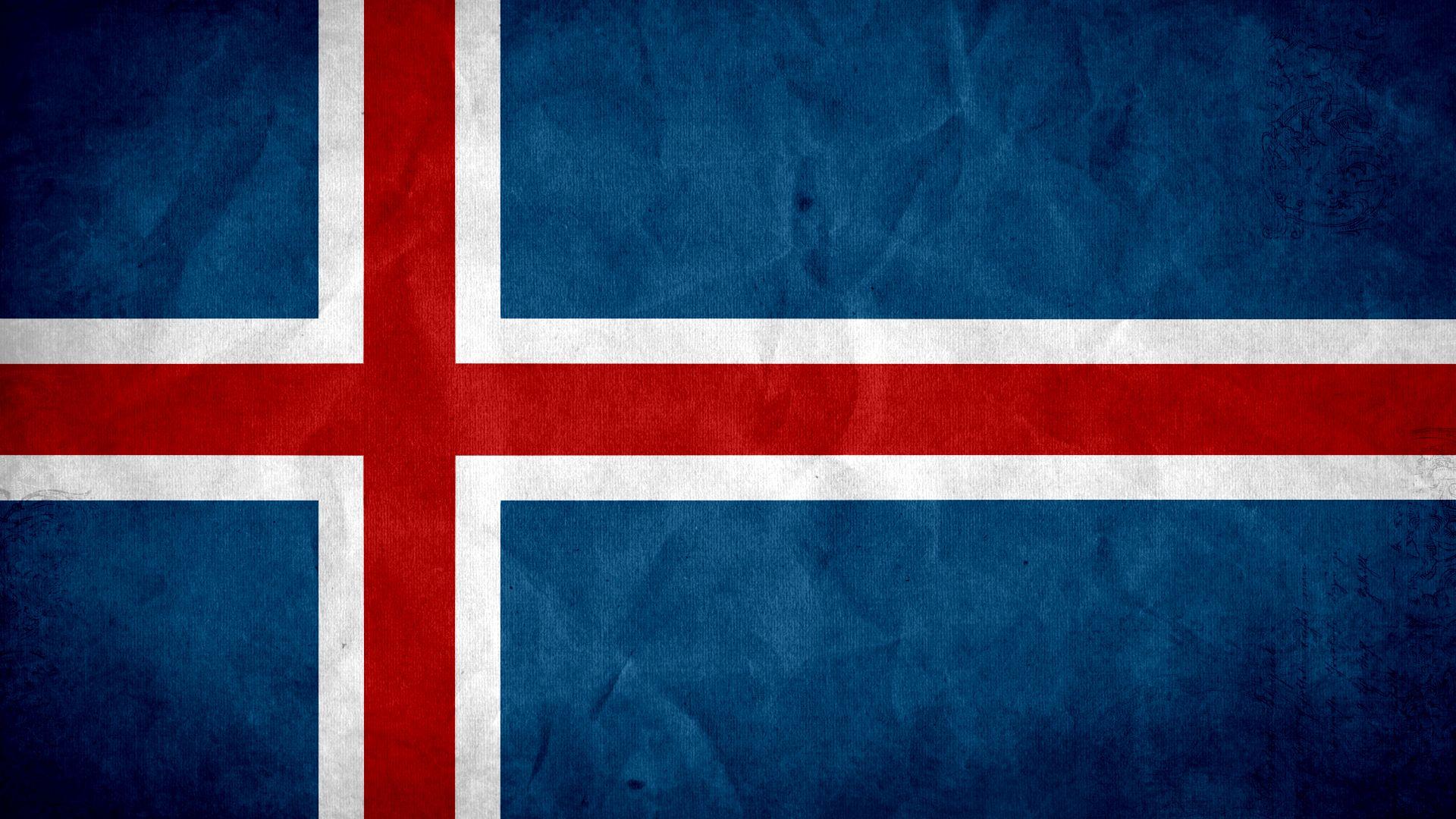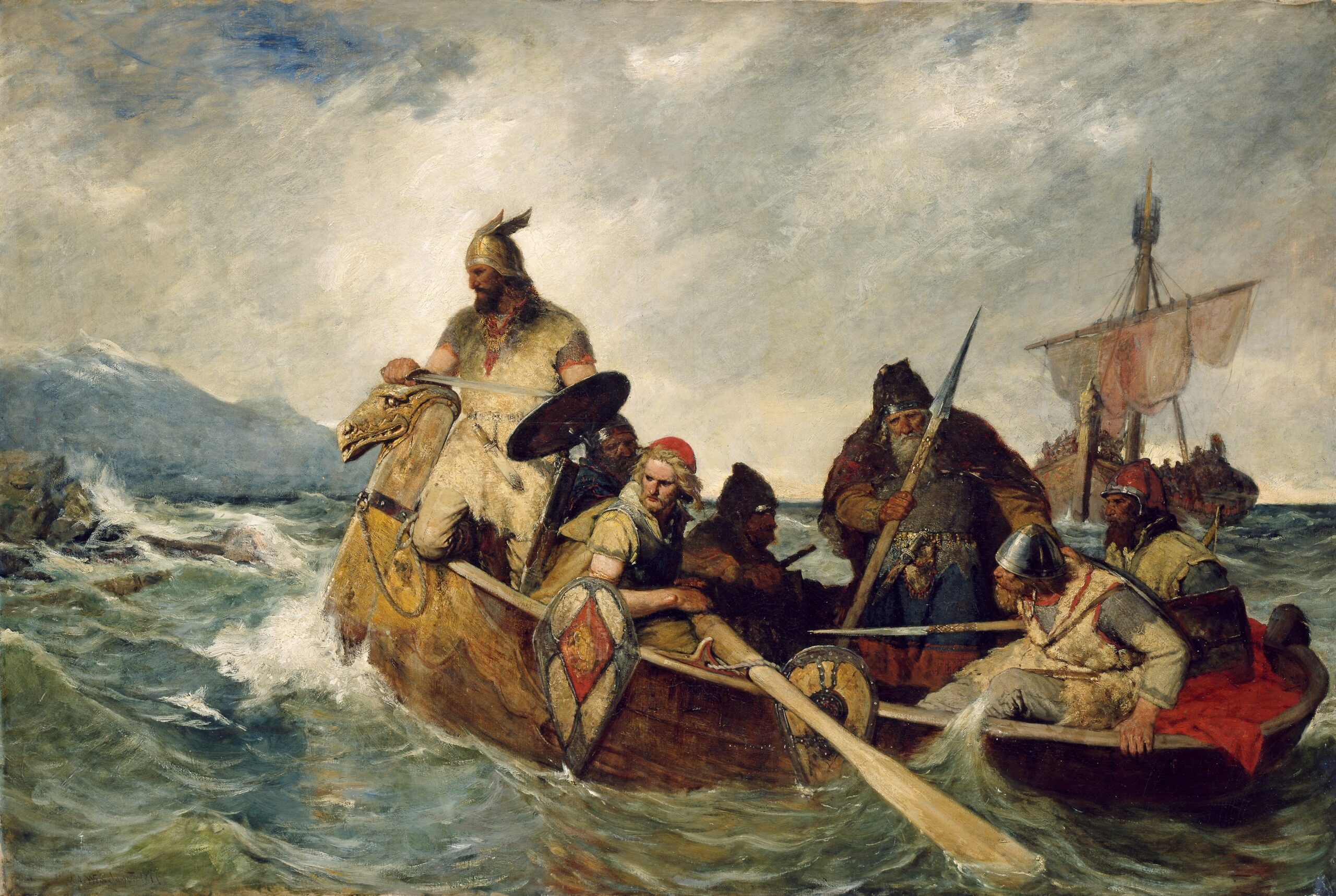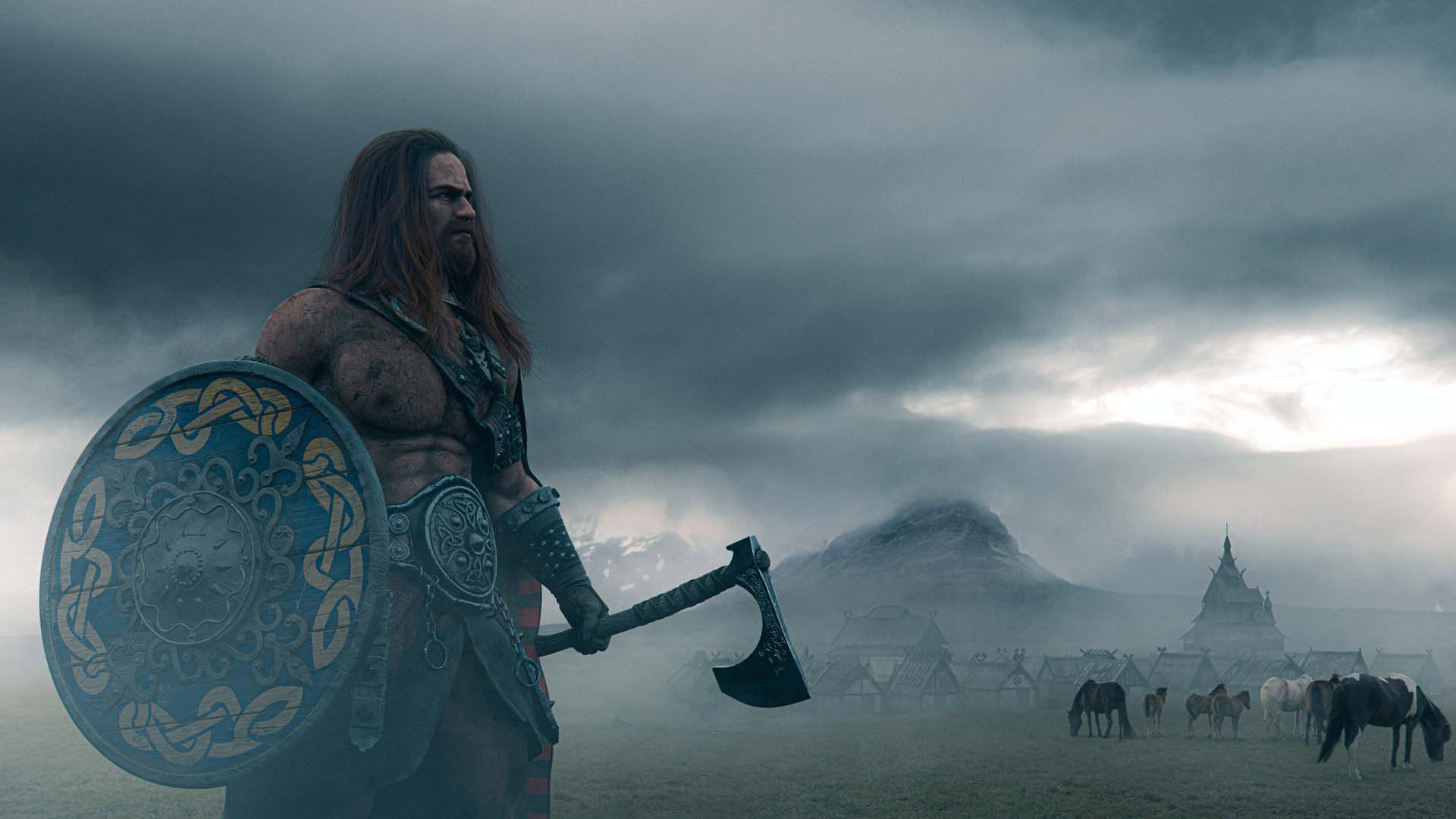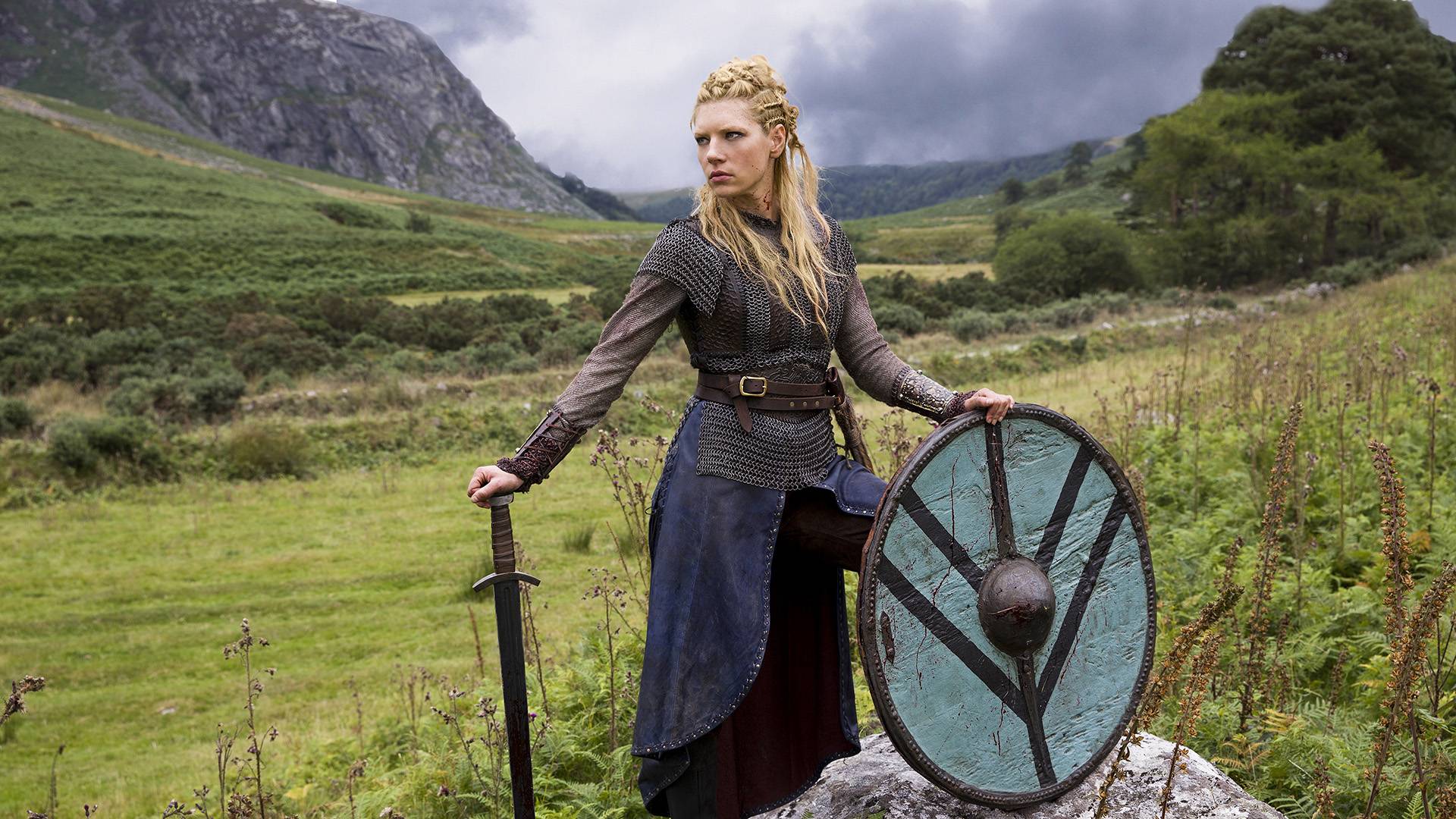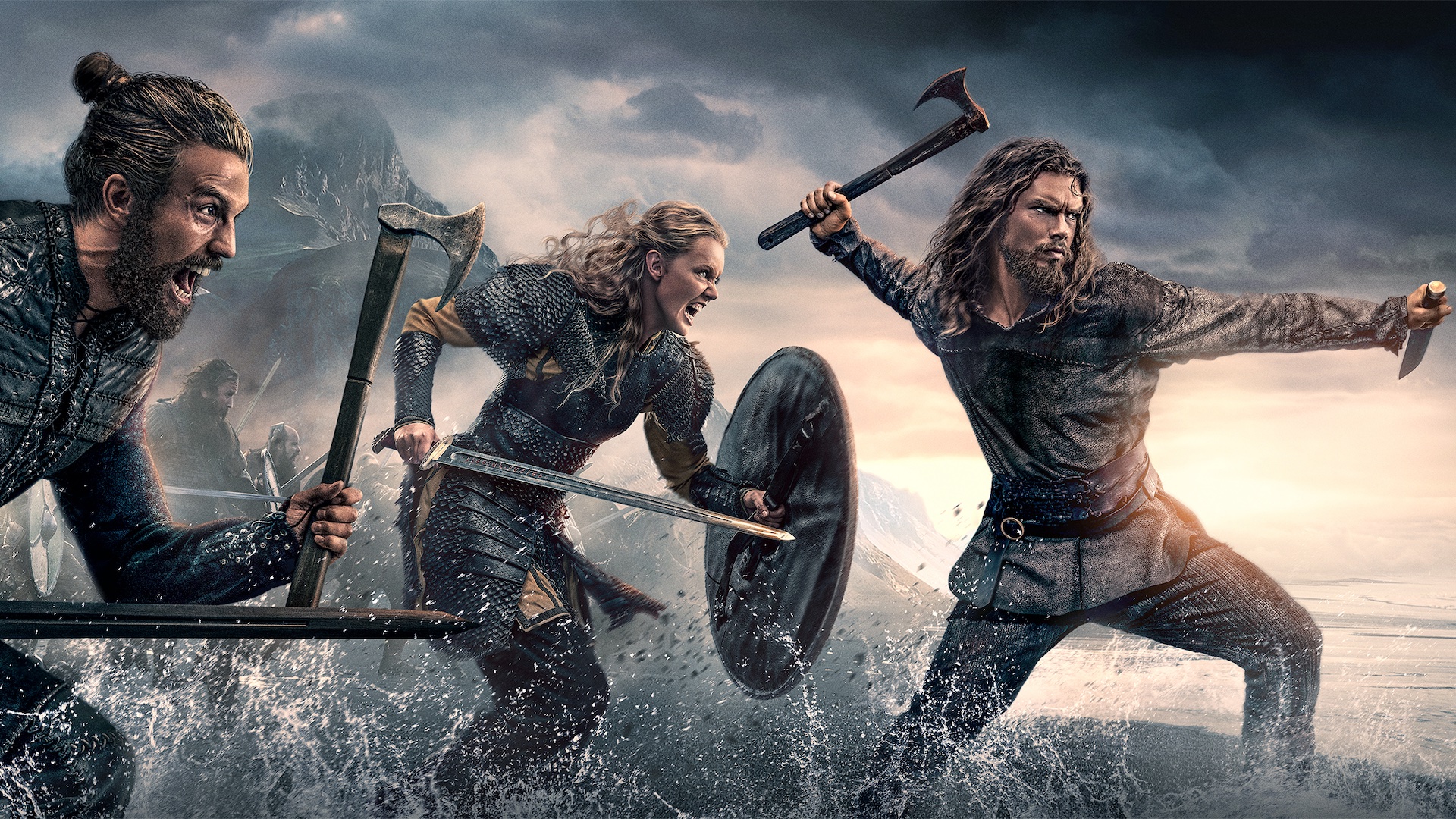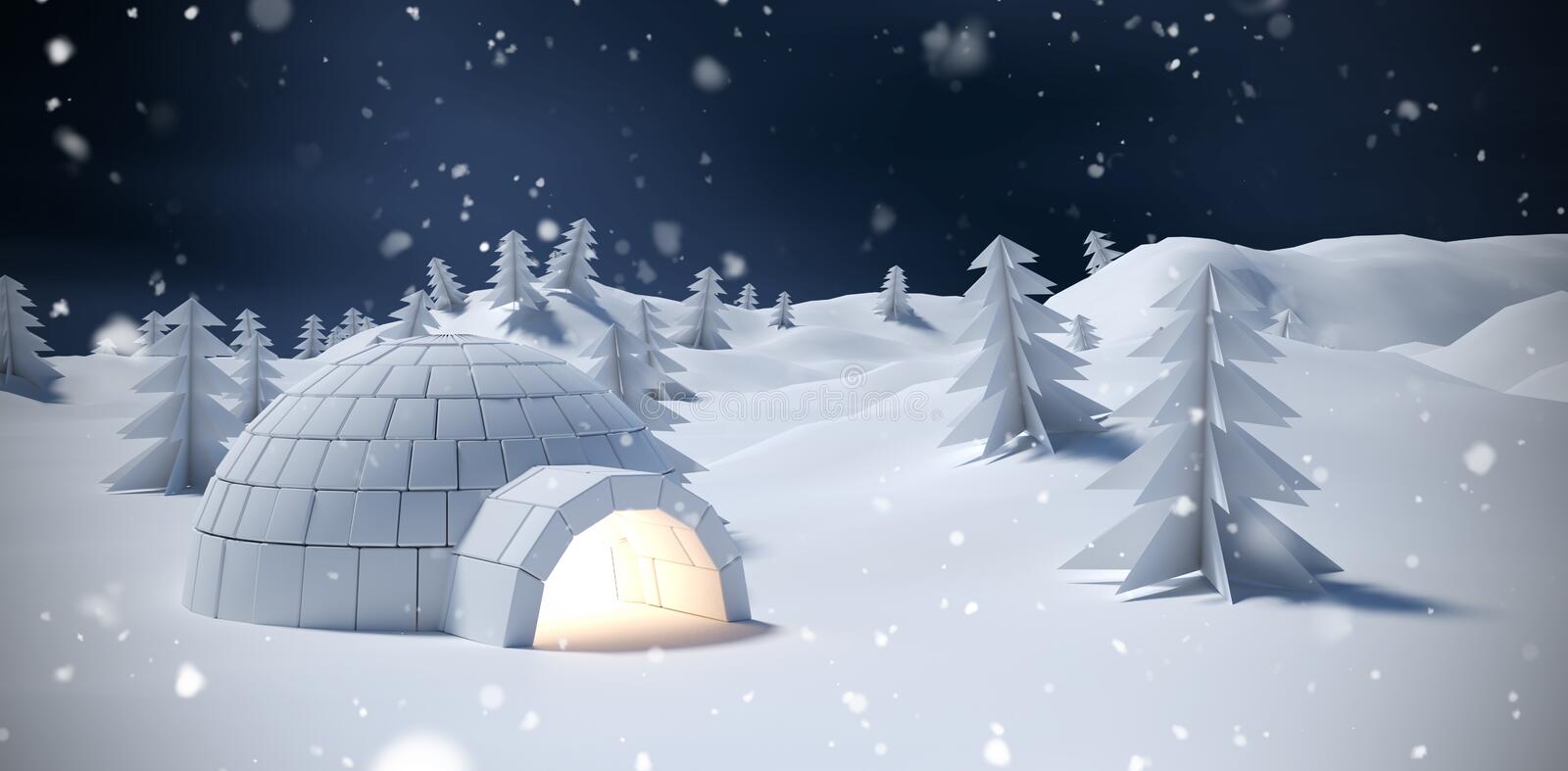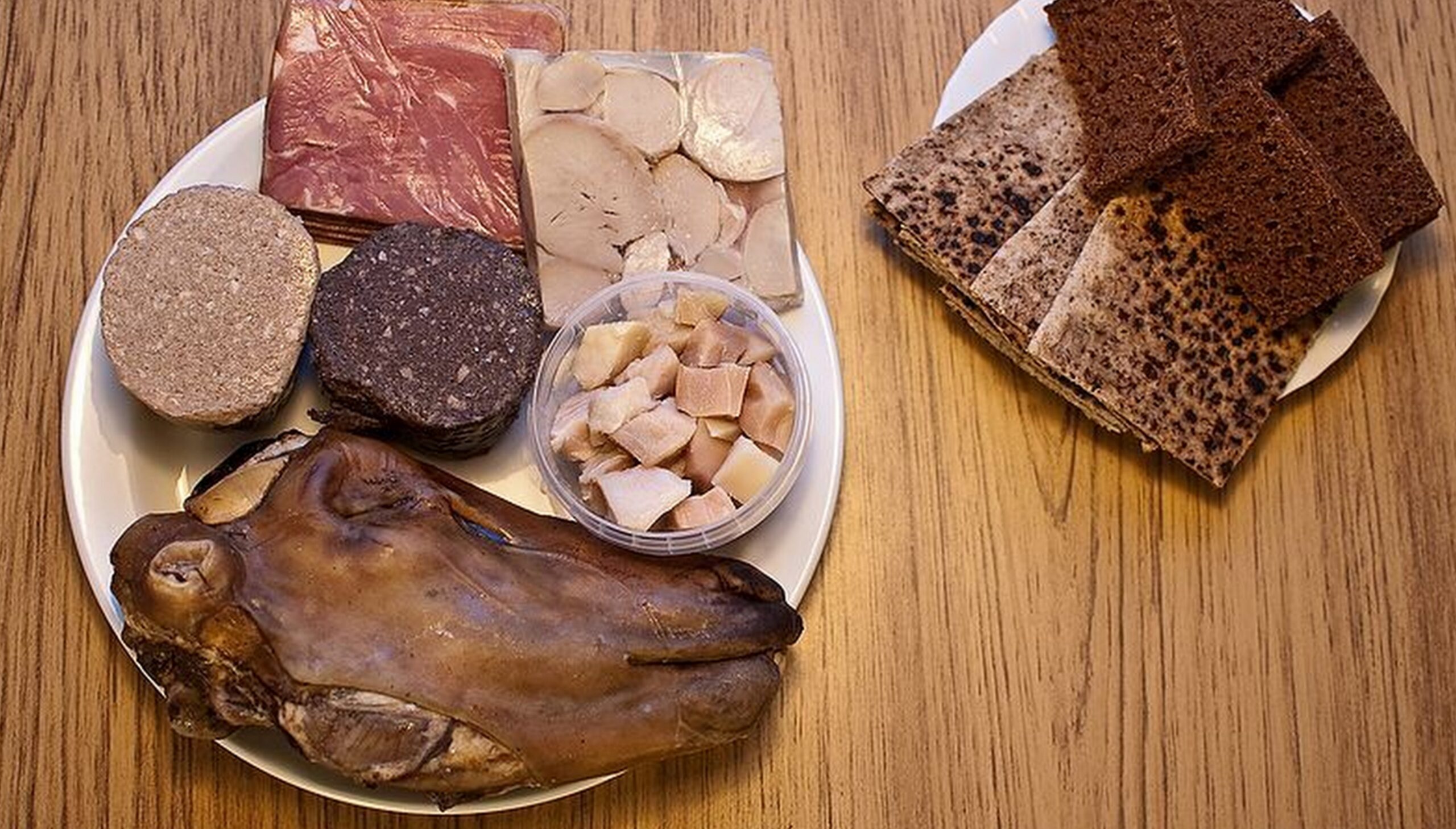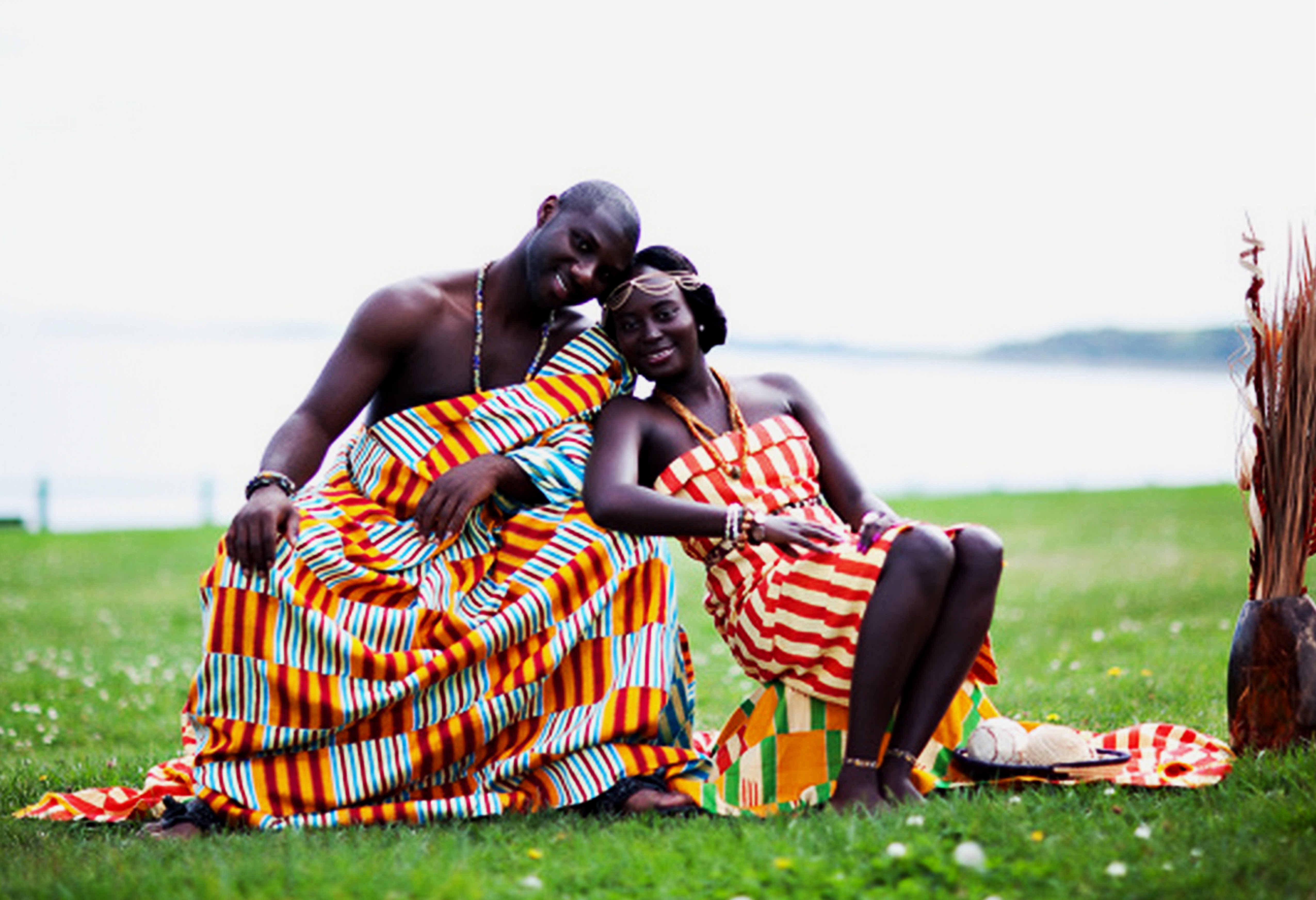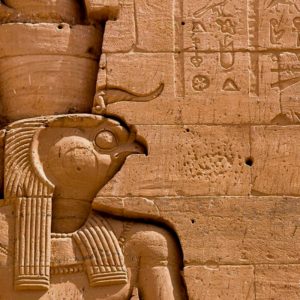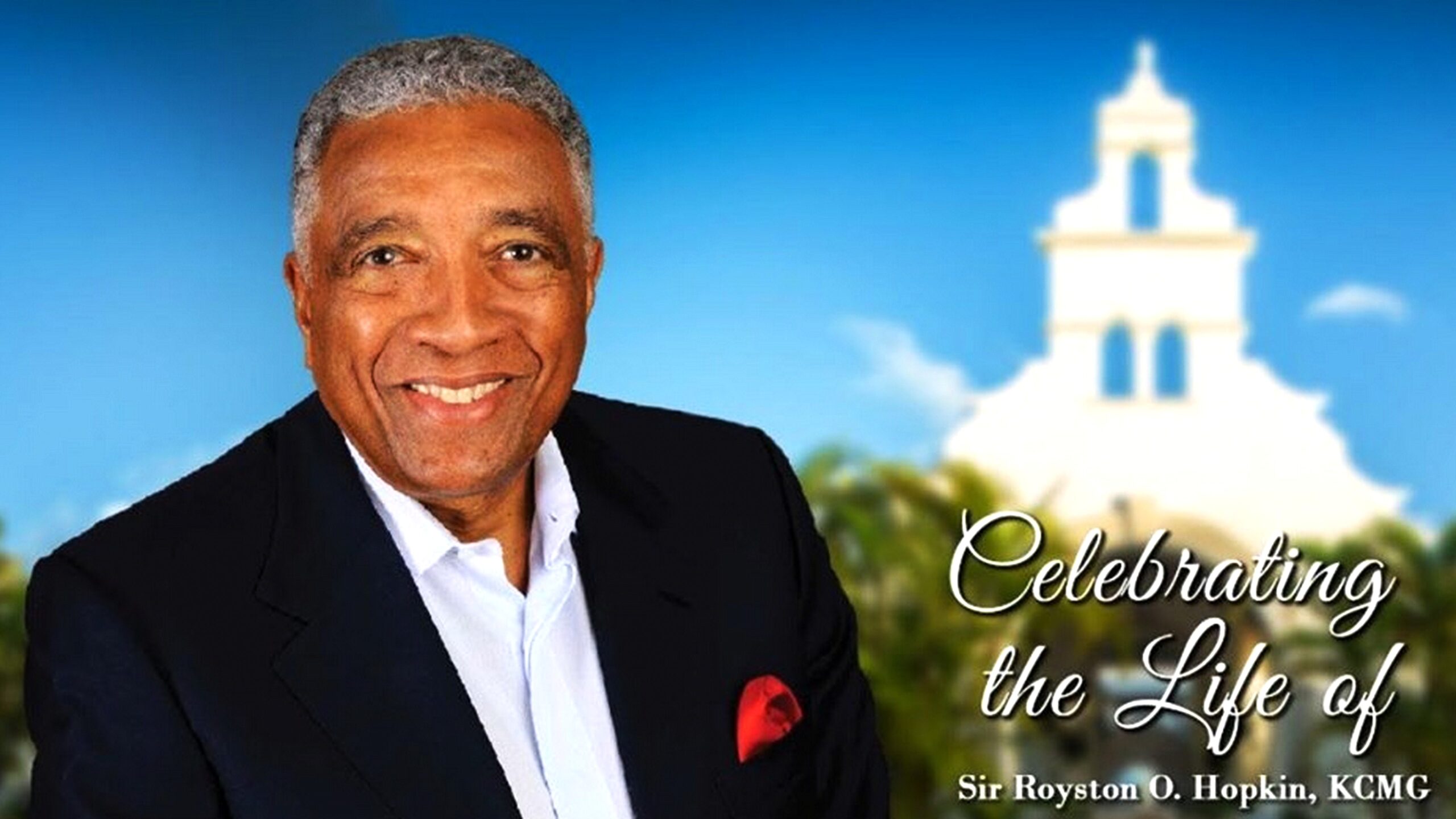Almost everyone has been talking about Iceland lately. For one reason or another, whoever is in charge of their public relations wants more people to know about their feminist country. Maybe it’s to boost their tourism? So, I decided to explore this reserved island in the Arctic that doesn’t even need a standing army. Yet, they’ve managed to sit in one of the top five spots on the United Nations Human Development Index for what seems like forever. I write from an entertainment perspective. Admittedly, I found their data very fascinating. Much information wasn’t public to research, but the sketchy details I’ve come across relate to the following:
1. Who was the island’s founder?
2. Traditional Icelandic cuisine.
3. Iceland’s classic literature.
4. Iceland culture.
The authors say he’s a man that people refer to by two different names.
I want to break the ice by saying that this is my reaction to the information I read about this stunningly beautiful country. Some information can be sensitive. Mysterious agents in black suits and ties with black sunglasses could visit a person who attained restricted knowledge. The best outcome would be the person’s imprisonment. The worst would be their death. Much of the critical data is generally hidden from the public. We don’t know enough to say what’s happening. If we did, we’d have no power to effect any consequence. As a result, each burp of public information someone lets us talk about is content for good entertainment.
When writing, I added my twist to make the story more exciting. My research to uncover details about Iceland led me to discover an incredible man named Ingólfr Arnarson or Bjǫrnólfsson. They said he lived in the 9th century (we’re in the 21st century now) as it appears that this is the Founding Father of Iceland. The authors say he’s a man that people refer to by two names. They say he is Iceland’s first permanent Norse settler. The statement that he is the “first permanent Norse” also implies (in my opinion) that other Norse settlers had come and gone before he arrived. Is it possible that other men lived in the same period doing similar things?
Being a blood brother means that a genetically unrelated man has sworn a blood oath…
The term “settlers” worried me because it dilutes the true nature of the Norse people who immigrated to the island. I would say the people who lived there before Ingólfr Arnarson arrived were the indigenous people of Iceland. Ingólfr sounds like the person who colonized the island. In my opinion, Ingólfr Arnarson is not only settling there. He conquered the natives to claim their lands as his own. I came to this conclusion after looking at Greenland. It has a similar geographic feature to Iceland. I saw that its people are not Caucasians. Greenland has an entirely different ethnic populace with descendants from the Paleo-Eskimo people.
I also thought about Denmark’s tight colonial grip on Greenland and wondered if the Norse did a probably worse thing in Iceland. Anyhow, Iceland’s story continues with the note that Ingólfr Arnarson, accompanied by his wife Hallveig Fróðadóttir and his “blood brother” Hjörleifr Hróðmarsson, was able to make the costly and challenging immigration to this remote part of the world. The record holders are careful to romanticize his conquest. According to the story I read, they said he settled in what we now know as Reykjavík in the late 800s. It was the first part of the island he conquered and renamed, making him the Founding Father of Iceland today.
I saw a connection between that and George Washington, the founder of the United States, and thought Ingólfr Arnarson must have been decisive. I wanted to know more about him. His stripped-down biography contained no information about the man’s true nature, interests, habits, beliefs, or activities. Conveniently, this information was not available. I could see he was married. He had a son and what looked to me like the enforcer (of his troops), who they referred to as his “blood brother.” Being a blood brother means that a genetically unrelated man has sworn a blood oath to follow another man wherever he goes and to do whatever he commands.
I would deliver the wrath of God to claim an island with above twenty species of whales and dolphins varying from small porpoises to blue whales, the earth’s largest animals.
This is (to me) another indication of how extraordinarily wealthy and powerful Ingólfr Arnarson or Bjǫrnólfsson probably was. If you look at my reaction to his story, you should at least agree that his Icelandic father is enchanting. I wondered how it came about that Norwegians settled there. A snow land without Eskimos? Regarding Ingólfr Arnarson, the old writings indicate that he came from a valley called Rivedal in western Norway. If I understood correctly, this is the Sunnfjord region. After defeating the indigenous Arctic residents in the first part where he landed, he founded a community that he renamed Reykjavik, as that place is still known today.
We’re talking about the 9th century here. This man could leave Norway with enough people and resources, transport them by sea, arrive successfully, conquer the inhabitants, claim their land, and build his community Norwegian-style. That’s divine power. Think about it. He had to establish a food supply, medicine, education, an economy, banking, the rule of law, law enforcement, workforce, governance, etc., in the 9th-century Arctic. Although the available documents do not name the original Icelandic aborigines, they paint a picture of Norwegians, Irish, or Scots living there. The Irish and Scots were the lower class or enslaved people among the Norse.
Iceland is geographically located in North America. Yet, there is a sizeable European presence there. Who did these Founding Fathers conquer or root out to take the land? Maybe the land of fire and ice was empty when the first Scots, Gaels, and Irish arrived? The tales mention how archaeological finds indicate the existence of a thriving community before Bjǫrnólfsson anchored. Somehow, he came, others disappeared, and the Irish monks fled for dear life. I would deliver the wrath of God to claim an island with above twenty species of whales and dolphins varying from small porpoises to blue whales, the earth’s largest animals. Iceland is a little Artic paradise.
The fighter described as his “blood brother,” his six-star General under his command.
But… if Ingólfr is so prevailing, why did he run away from Norway only to conquer and hide in Iceland? Or was he there to relax in the geothermal Nature Baths? Why did he go through the trouble? He could easily have stayed in Norway, where the climate and living conditions are more suitable. Perhaps he could build settlements in Sunnfjord and rename Rivedal Reykjavik. No? Did someone send him to colonize the land with The Blue Lagoon? My retort suggests he was probably a warrior chief with many influential friends and foes. He probably fled Norway because he had a lot of beef but lucked out when he arrived at a place with Dettifoss waterfalls.
I don’t see a gentle little older man sailing across the Atlantic hoping to immigrate and settle peacefully. The Viking heard about this place with Glacier Lagoons, Hot springs, and hot ponds. They said that other pillagers like Garðar Svavarsson and Hrafna-Flóki had returned from there after passing it up to exploit more profitable interests elsewhere. There is no mention of where Ingólfr got the means to fund his relocation. Did he steal it? Did he inherit it? Was he a businessman? He sounds like someone who commanded a large group. Through introspection, I envision a warrior king enslaving the Irish and Scots to hide among the Fagradalsfjall Volcano.
9th-century Iceland, with its picturesque terrain and unusual scenery…
I imagine him arriving with a sizeable fleet that includes warriors. Immigrating was no easy task in the 9th century, and the indigenous people won’t have stood a chance against his Viking troops. He must have known that because he was arriving with his family to where one could spot the Northern Lights and feel less threatened. The fighter was described as his “blood brother,” his six-star General under his command. 9th-century Iceland, with its picturesque terrain and remarkable scenery, where one could observe The Tectonic Plates. After glimpsing the land, he threw his tall pillars overboard and promised to take up residence where the gods chose to land them.
Wherever the pillars landed, that’s the first place he’ll colonize, rename, and then build his city there. Wow! This man had some serious balls! Of course, how would he know where the pillars landed if he was on the ship? Ah, his Irish slaves will look for them, find them, and then tell him where they ended up. I had a picture of bloodshed and human trafficking throughout this epic story. The “thralls” or enslaved people seemed very unhappy with Hjörleifr Hróðmarsson, for when given the opportunity, they murdered him. By the way, I haven’t read all of Landnámabók, a settlement book describing how the Norsemen immigrated to Iceland.
We know the incident was so significant that he renamed the region “vestmenn” or Westmen.
How did those Irish and Scottish slaves kill Hjorleifr? Did they choke him while he slept? Or maybe they poisoned his booze? This man raided villages and got his name when he murdered an innocent man to steal the man’s sword. As an enslaved person, killing such a tyrant would have dire consequences. Who knows? If I ever have the privilege of visiting Iceland, that’s a topic I’d like to confer. Of course, Ingólfr would rename the mountainous region of Hjörleifshöfði after his loyal General and marauder, Hjörleifr Hróðmarsson. From what I’ve learned, the Norse seems to have enslaved the Irish and Scots long before the Europeans started enslaving Africans.
Europeans had already seen enslaved people when they arrived in Africa. The translators did not mention that in this narrative, though. They left out or watered much of the story’s gory part. But from my point of view, I imagined those two men, Ingólfr and Hjörleifr, upset many people and then ran to hide in Iceland. Still, Norway is fantastic, so these men were already used to similar conditions, even though Norway is not the Arctic. To his credit, Ingólfr was able to pursue and take revenge on the enslaved Irish who killed his man. How did he do it? I can imagine a Viking-styled slaughter somewhere on the other side of the enchanting island.
We know the incident was so significant that he renamed the region “vestments” or Westmen. That’s a word the Norsemen used for the Irish. Westmen is where Ingólfr took revenge by slaughtering Hjörleifr Hróðmarsson’s enslaved Irishmen who murdered him, kidnapped and trafficked a group of his women. Did he cut off their heads, or did he hang them? The historians seemed so afraid to write about it. They skipped the part about what happened after he finished sacking Iceland. We have never heard of the original locals or if Eskimos lived there. Although many Icelanders believe in elves, they hate when people assume they must live in igloos.
In our story, Ingólfr Arnarson paid much attention to the southwest. Maybe he got old and retired? They romanticized his story. I couldn’t find out how or when he died. The authors mentioned that his son succeeded him, which means he was successful. His son, Þorsteinn Ingólfsson, became a mighty chief and founded the Kjalarnesþing. This first imperial or patriarchal rule system is classified so that they only refer to it as the first “thing.” They describe it as a parliamentary type of governance. As I said earlier, there’s some unavailable information. Again, I haven’t read the “Book of Settlements.” I’d have to learn to speak, read and write Icelandic.
Even if I should have, I think I would only find the part of the information that’s permissible for the public to see. This Founding Father was prevailing, and his secrets are still guarded. So, we know that Ingólfr was very influential and highly affluent. He sounds like a combatant who may have come from a bloodline or belonged to a secret order that imparted vital knowledge to him unknown to the ordinary person. He and his son used this to found the country we now know as Iceland. The man is Iceland’s God, an indispensable nation that doesn’t need an army to protect it. At the same time, it is in the top 5 of the United Nations Human Development Index.
The good news is that they also serve Icelandic hot dogs, some smoked lamb sandwiches, and lamb soup. There is a lot of ice cream and other dairy products like cheese.
Ironically, Norway, Iceland, and Ireland are all in the top 10 and among today’s happiest people. You have just read a short version about Iceland’s Founding Fathers. If you were paying attention, you would have guessed that controversy is inevitable even in Iceland’s cuisine, but I don’t think it’s that bad since they also eat much lamb meat. Since this country has become a frequent topic of tourism lately, the second most popular topic is their kitchen. Here the story takes a sharp left turn as I attempt to describe my selection of the variety of their traditional foods. There’s Icelandic fish, which is also recognizable by its resemblance to British fish and chips.
Imagine a cute Icelandic feminist dancing in the nightclub after eating Svið for dinner. Svið is a boiled sheep’s head served whole with eyes, nose, and teeth showing. The sheep’s face has an unbearable grimace. You can always try the fermented shark while drinking Brennivin if Svið doesn’t work smoothly. Speaking of alcohol, there’s a lot of heavy drinking. The good news is that they also serve Icelandic hot dogs, some smoked lamb sandwiches, and lamb soup. There is a lot of ice cream and other dairy products like cheese. They have some potatoes, but I see a culture where people eat whale steaks, sharks, horse meat, fish, potatoes, grains, bread, etc.
Listen, I’m tired of eating chicken and beef, LOL! Culturally, a few Icelandic norms are also unlikely in many countries. Modern Iceland is significantly developed, but expect some Viking influence and mentality to trickle through. Even the Icelandic language is unique with its alphabet and pronunciation. This also means that pagan behaviors are commonplace. There’s the feminism part, which I believe is their women’s way of finding themselves. The Founding Father’s legacy is heavily male-dominated. So many women are in leadership, but the so-called patriarchy is still there. Is it the patriarchy? Who controls us, and why are we subject to a hidden authority?
Another well-talked-about fact about Icelandic culture is Icelanders do not use common surnames. They combine their first name, add a son or daughter to the father’s first name, and use it as their last name. If I were Icelandic, my name would be Wilfred Wilfredson. My daughter’s name would be Brittney Wilfredsdaughter. They date, marry and intermarry, follow religions and traditions, and live in a society where racial, social, economic, gender, and sexual equality are acknowledged. In terms of literature, this country hosts a lot of literary works. Some of them can inspire me a lot. Iceland is now on my bucket list of must-see places, fate and time permitting. *
